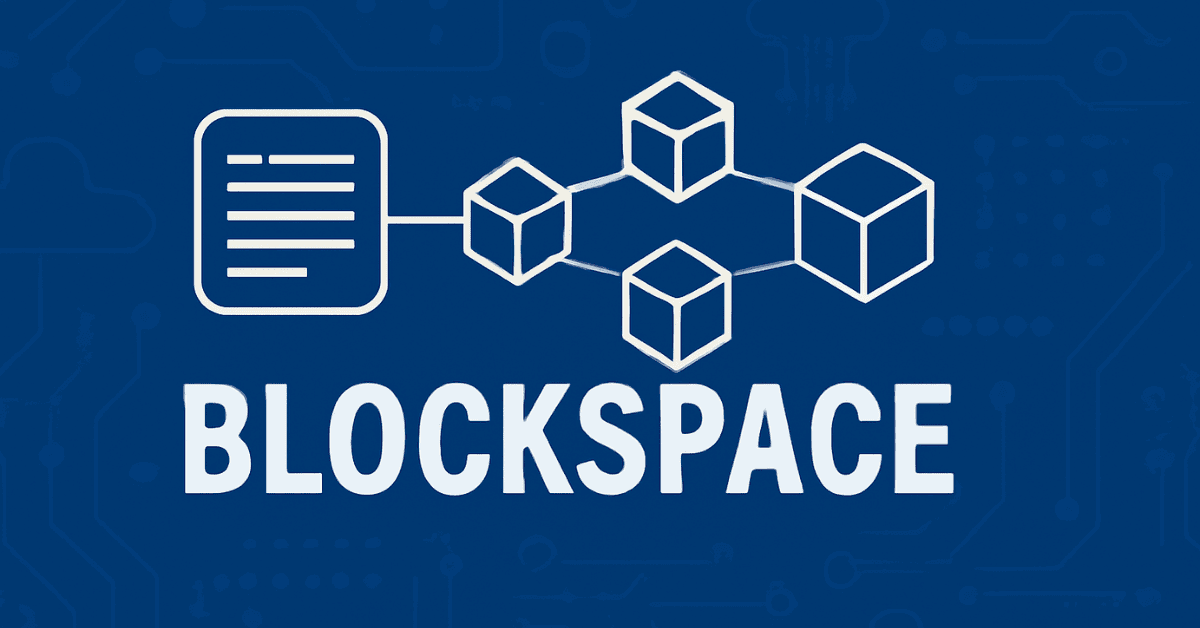
The Importance of Blockspace in Blockchain Networks
1. What is Blockspace?
Blockspace refers to the actual storage capacity within a block on a blockchain. It’s similar to the storage space on a hard drive, but instead of storing files, blockspace stores transaction data and related information. It is different from block size, which refers to the maximum storage capacity of a block, while blockspace is the actual utilized storage.
2. The Importance of Blockspace
Blockspace determines how many transactions can be stored in a block and influences the performance of a blockchain. Blockchain networks must ensure there is enough blockspace to operate, as mining or validating blocks directly affects scalability and transaction processing.
3. Differences in Blockspace Across Blockchains
On Ethereum, the concept of blockspace differs from Bitcoin as Ethereum does not have a block size limit but has a gas limit for each block. The gas limit impacts Ethereum's ability to process transactions. If there is not enough blockspace, transactions may be delayed or left unprocessed.
4. Issues Related to Blockspace
A major issue is network congestion and rising transaction fees when there is not enough blockspace to store transactions. For instance, Ethereum faced significant congestion during airdrop events, causing transaction fees to rise to as high as 844 USD per transaction.
5. The Relationship Between Miner, Validator, and Blockspace
In a Proof of Work (PoW) system, miners compete to create new blocks, whereas in a Proof of Stake (PoS) system, validators are selected to create new blocks. Both play a role in managing blockspace, which directly affects blockchain performance.
6. Solutions to Blockspace Issues
To address blockspace issues, Layer 2 solutions such as Optimistic Rollup and Zero Knowledge Rollup have been developed to offload the main network, reducing fees and enhancing scalability. Protocol improvements like EIP-4844 are also being developed to optimize blockspace usage on Ethereum.